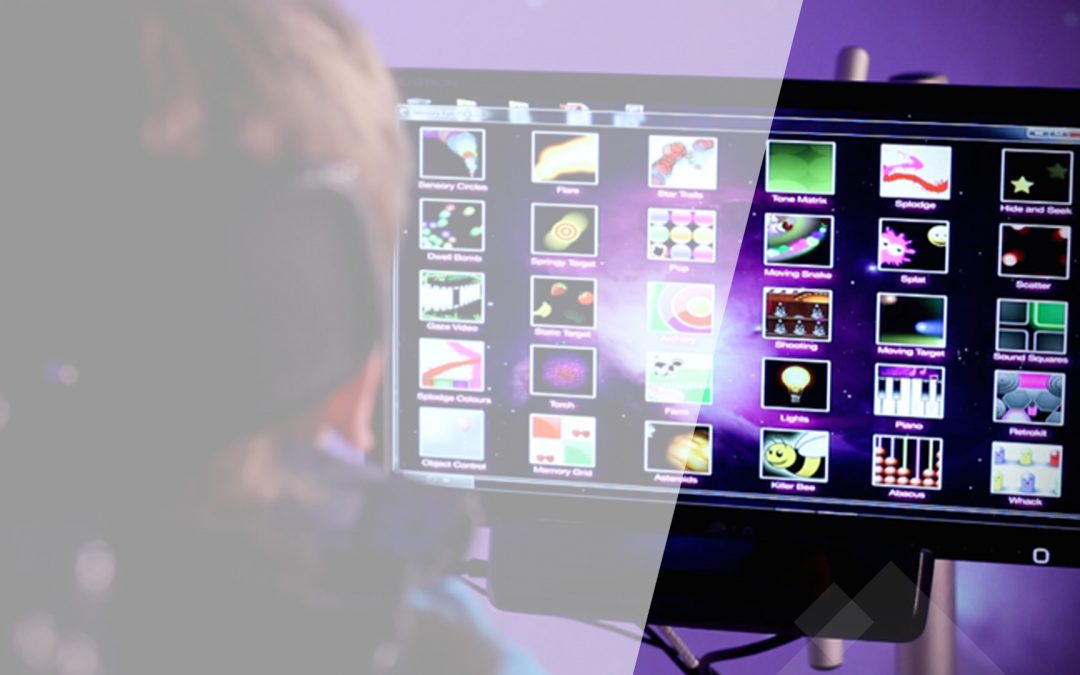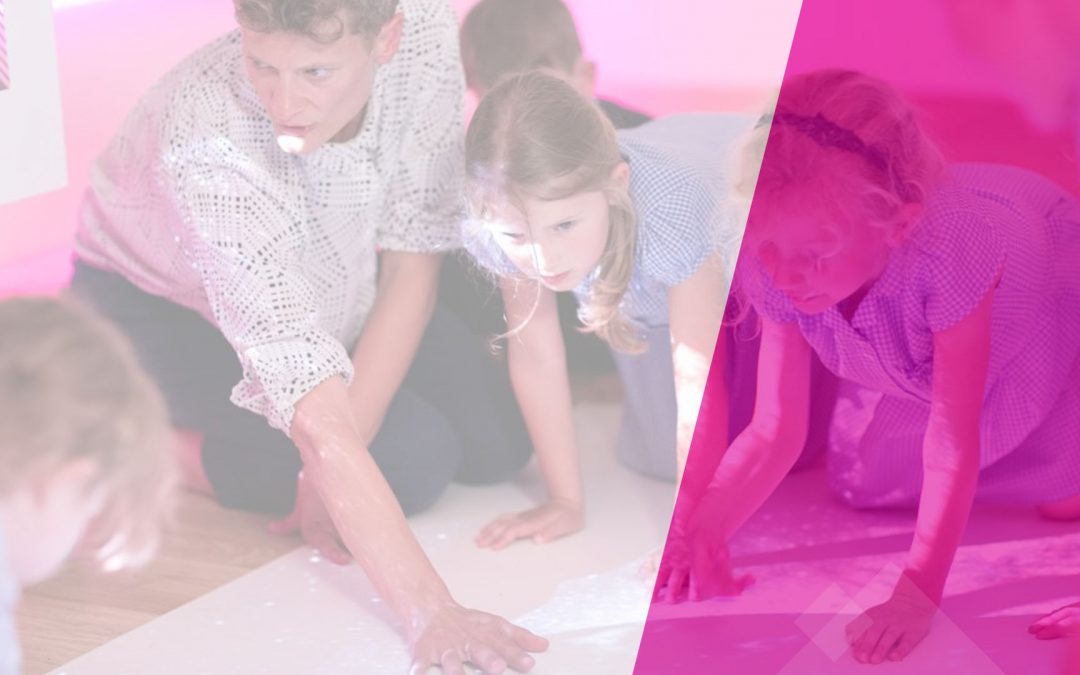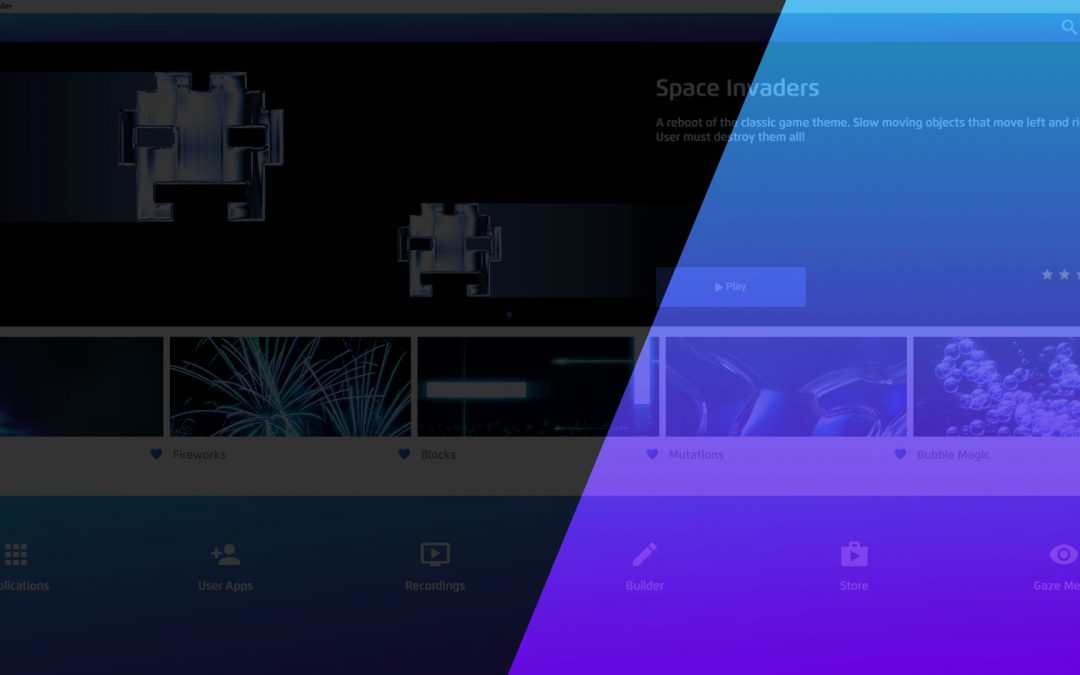SeeAbility have been delivering sight tests and dispensing glasses in special education need schools across England since 2013. They have given sight tests to approximately 1,000 learners with special educational needs. Our CEO, Lee Blemings asks Lisa Donaldson to delve into the SeeAbility research statistics from this project, their findings and what this means for learners.
SeeAbility research statistics
About half of the children seen by SeeAbility have some kind of problem with their eyes or vision, between 30 -40% need glasses.
Until SeeAbility started conducting eye tests in the schools, around 43% of children had no reported history of any eye care at all. That’s despite the fact that they’re 28x more likely than their peers to have a problem with their eyes.
When a child with complex needs does need glasses, they often require a stronger prescription. This means it takes children more time to get used to their glasses.
There’s also a much much higher incidence of problems with controlling eye movements, with visual processing and with cerebral visual impairment. So, we know the incidence of problems with eyes and vision is is much higher
Key statistics
- 30- 40% of children needed glasses
- 43% had no reported history of eye care
- Children in SEN Schools are 28x more likely to have eye problems, including difficulties with controlling eye movement and visual processing



